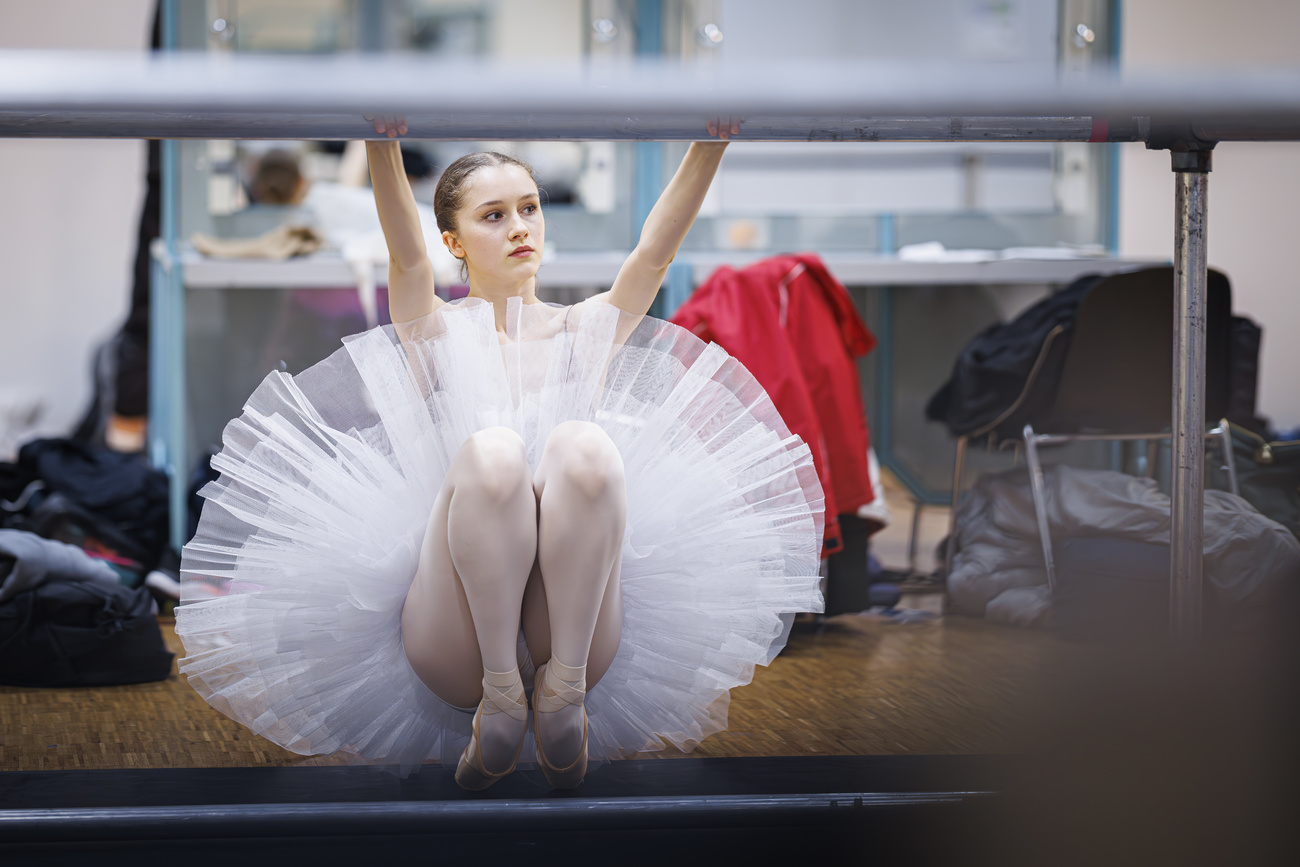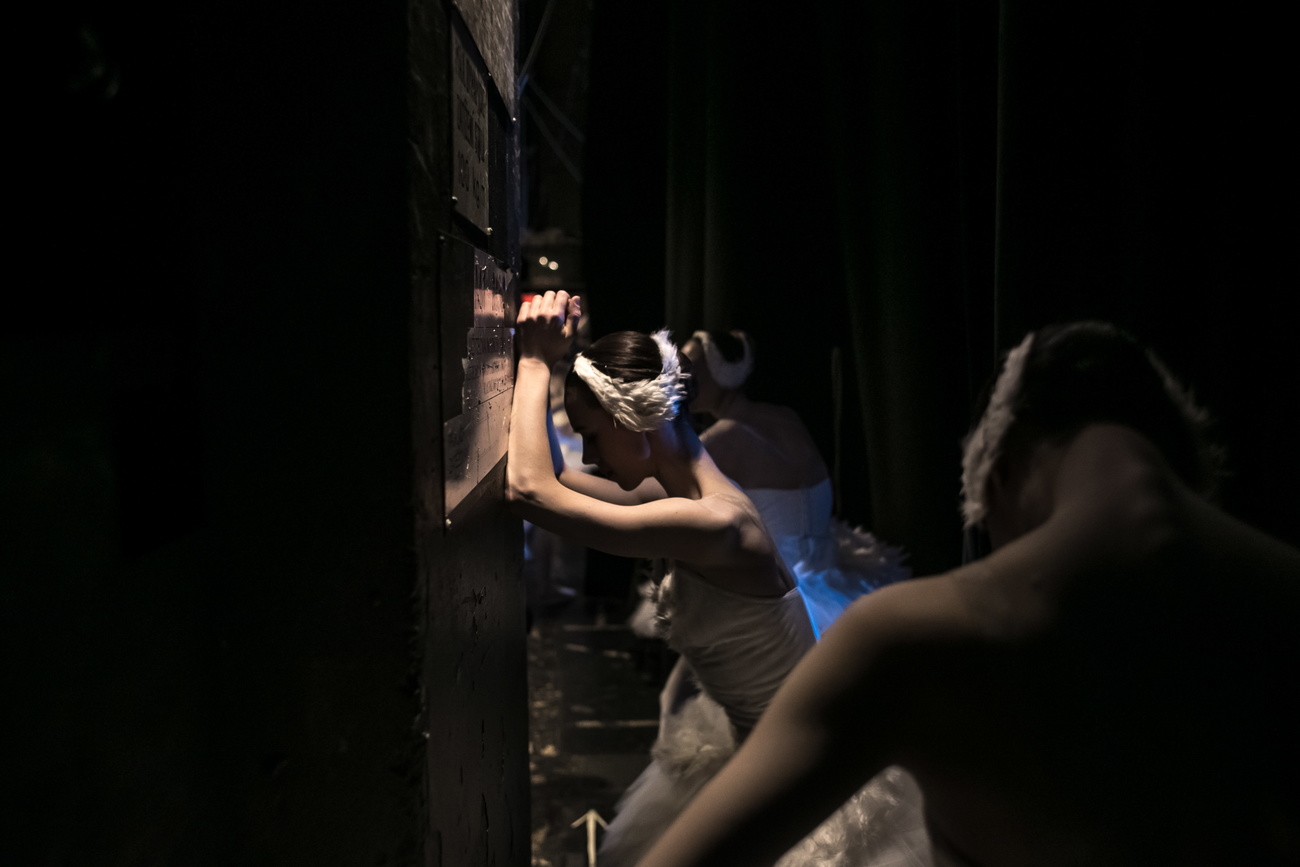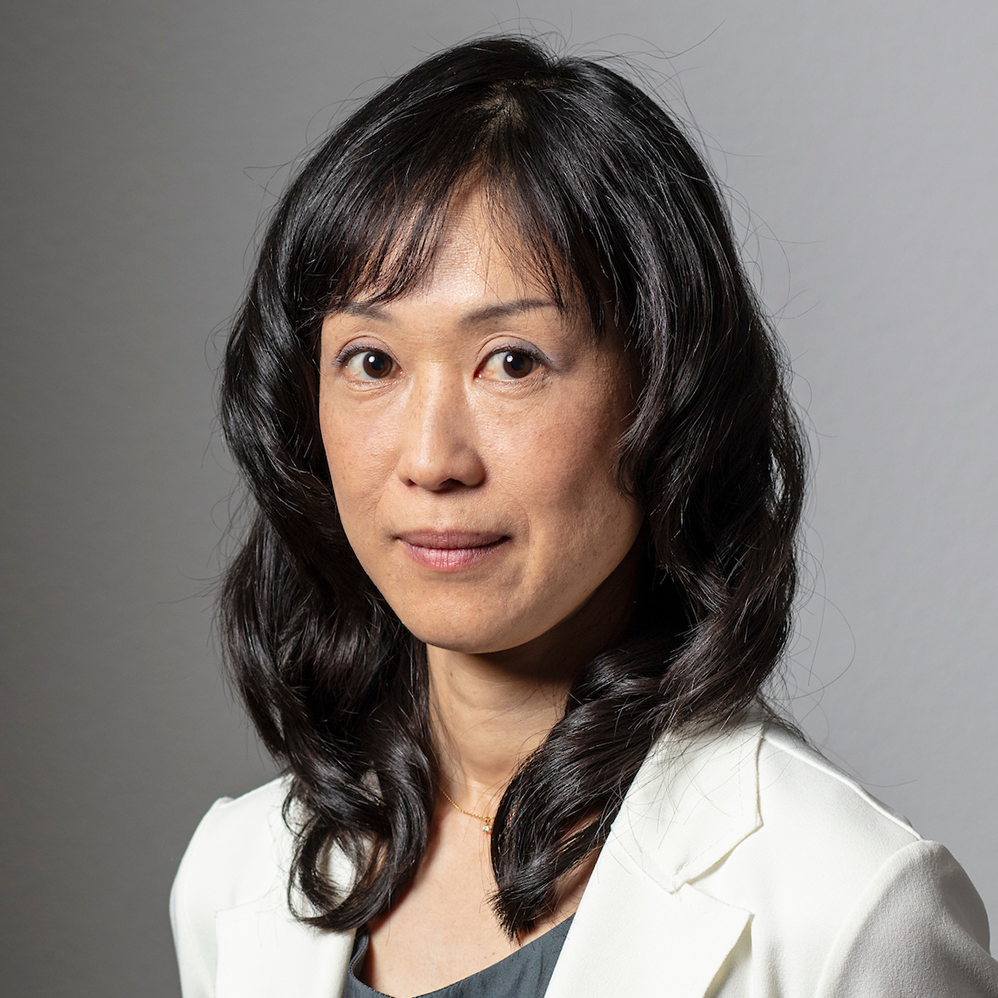Switzerland changes the way dance is taught, one step at a time

The new head of dance at Zurich University of the Arts is aiming to reshape how ballet is taught and is pushing for young dancers to speak out after numerous alleged cases of harassment in Swiss ballet schools.
Three major harassment scandals have rocked Switzerland’s ballet education over the past few years, pushing for change in the way the discipline is taught. In 2021 the prestigious Rudra Béjart ballet school shut down. Last year Ballettschule Theater Basel closed its Federal Diploma of Vocational Education and Training, and the management team of the Zurich Dance Academy (taZ) was forced to step down.
Jason Beechey is the new head of dance at the Zurich University of the Arts and is also taking over the responsibility of the dance programme at taZ. He has been involved in the Prix de Lausanne, an international ballet competition, for 15 years as an artistic committee member and live streaming commentator. The Prix de Lausanne, which provides further education opportunities for young dancers aged 15 to 18, is taking place until February 4.
SWI swissinfo.ch interviewed Beechey about his vision for ballet education in Switzerland, its challenges and opportunities for young dancers.
Jason Beechey was born in Vancouver, Canada. He dances as a soloist for the London city Ballet and Charleroi/Danses in Belgium.
Since 2009 he has been involved in the Prix de Lausanne as an artistic committee member and live streaming commentator since 2015.
He is a jury member for the Youth America Grand Prix and is the rector of the Palucca University of Dance Dresden in Germany, where he oversees the education of young dancers from classical ballet to contemporary dance.
In 2023, he was a member of the interim management team of the Dance Academy in Zurich and is the designated head of dance at the Zurich University of the Arts as of January 1, 2024.
SWI swissinfo.ch: Unlike other countries such as France, the United Kingdom or Russia, which have recognised dance as a career for decades, Switzerland has just developed its own national qualifications and degrees to professionalise the discipline. What do you think of these efforts?
Jason Beechey: Recently Switzerland created the Federal Diploma of Vocational Education and Training. I think that’s a good sign. There are also more and more bachelor programmes available in Zurich. There is now quite a range of dance degrees, like contemporary urban or classical ballet. I think dance is developing, growing and becoming more recognised.
SWI: What are the recent challenges faced by young dancers?
J.B.: It’s so beautiful to see young, passionate and motivated dancers. It’s a career that can bring so much beauty and love. As dancers develop and grow, you see challenges emerge such as more physical injuries or maintaining a good body coordination. Other challenges include losing motivation. Mental health awareness and wellbeing are also key. Many students are almost perfectionists and can be very critical of themselves.

More
Prix de Lausanne features 87 dancers – one Swiss
Dance education requires support from your family; it can be a short-lived and difficult career. For the youngest students, adapting to being away from their family and to a different language, culture and food at the age of 11 can be a challenge, though this can also offer many opportunities.
Dance requires a lot of dedication and hard work from a young age. Hopefully taZ can create an atmosphere where young dancers feel supported to reach their full potential.
SWI: How can young dancers overcome these obstacles?
J.B.: We as teachers and professionals can help young dancers overcome these obstacles by being aware of the health of the individual. They need to eat well. We can work together as a team and not emphasise negative comments like “you’re bad and you’re not good enough”. We can support and challenge each other. It’s important that dancers say when they experience pain. Medicine in dance is undergoing many changes.
Dance is a passion, it’s not about being the best. Competing at the Prix de Lausanne for instance is about competing against yourself: what did I learn? How did I grow? How did I improve? It’s a mindset. I hope that parents let their child develop if they see he or she has talent.
SWI: Harassment, as well as sexual abuse and mental stress, are common problems in dance. How are you approaching these issues in your new job?
J.B.: Things are changing. The pandemic helped us be a tighter community. We now have a global network of health experts to support students, teachers and dancers. They share new programmes and ideas. I really hope that we can empower young dancers to speak up if they face abuse or harassment or if they are injured. I think we are doing a lot more work to educate the teachers about new teaching methods where they can encourage and support the dancers.

More
Swiss dance scene hit by another charge of abuse
At Zurich University, we created a student council and a parents committee to talk and discuss issues. We are also running workshops about new ways of teaching in a constructive, supportive way. I am very lucky that I never encountered a bad experience as a student, but I did hear stories about teachers being too hard and heard crying every night. I don’t think it has to be that way. You can maintain quality teaching with healthy, strong dancers. I see dancers today as more inclusive, diverse, individual and athletic. I think there is a big shift in mindset.
SWI: In what way?
J.B.: Dancers are speaking up and saying that they want to be treated with respect and equality. Dancers don’t accept abuse from directors and choreographers anymore. I hope common practices of the past, such as fear and intimidation, will become history.
SWI: The dance world is also affected by globalisation and digitalisation. How do you plan to adapt?
J.B.: I think globalisation makes communication faster and more open. When I was in school, there was no internet. I had no idea about other schools. But now there are exchange programmes between schools in different regions. For instance, the Assemblée Internationale in Toronto gathers 28 schools every four years. Schools not only compete but also learn and share ideas.
It’s incredible to see dancers from Korea training in Canada and dancing in America or dancers like Hannah O’Neill from New Zealand or Bianca Scudamore from Australia dance at the Paris Opera. It’s exciting that people can go where they are inspired. Schools are sharing and learning, but it doesn’t mean that we’re all going to become the same kind of dancer. For me, the dance world can grow as a community, share, learn and celebrate differences.
Edited by Virginie Mangin

More
What to do if sexual harassment happens to you

In compliance with the JTI standards
More: SWI swissinfo.ch certified by the Journalism Trust Initiative












You can find an overview of ongoing debates with our journalists here . Please join us!
If you want to start a conversation about a topic raised in this article or want to report factual errors, email us at english@swissinfo.ch.